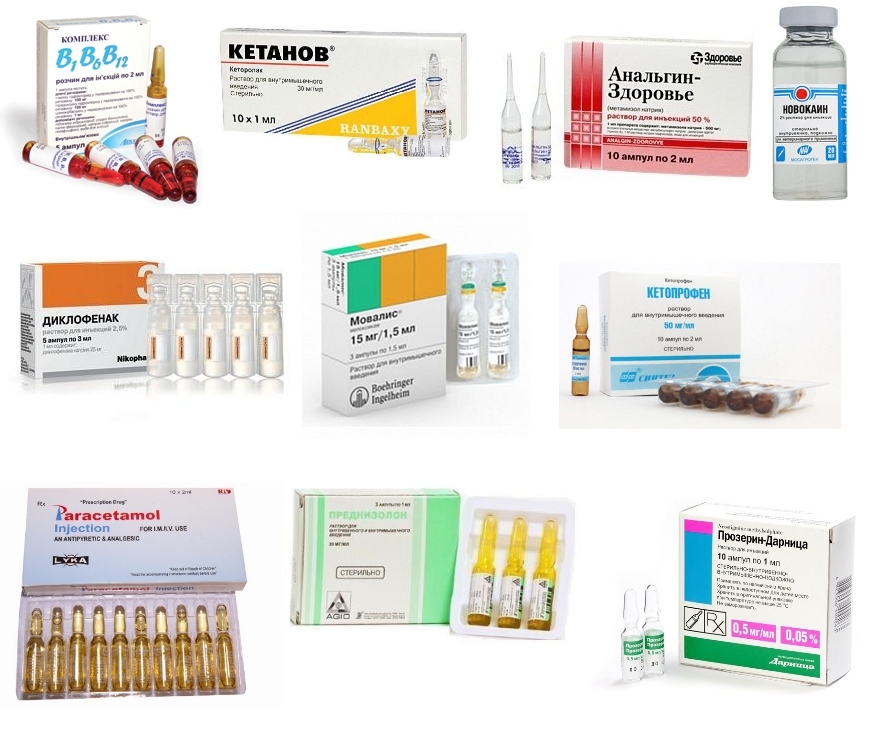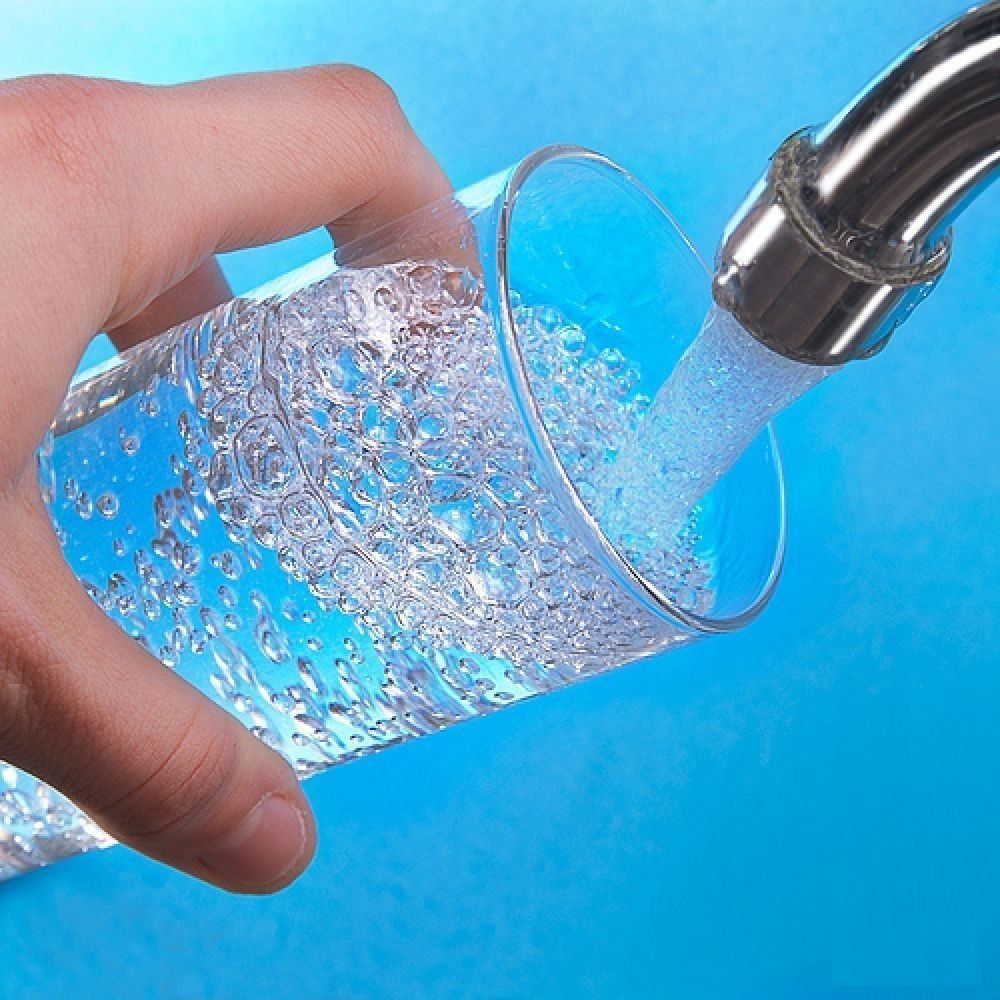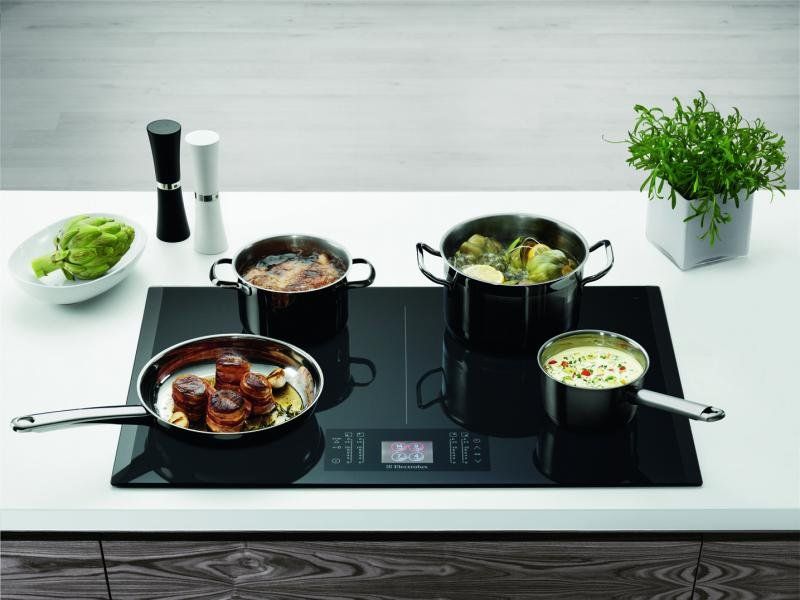Rating of the best drainage pumps for dirty water up to 5000 rubles for 2022
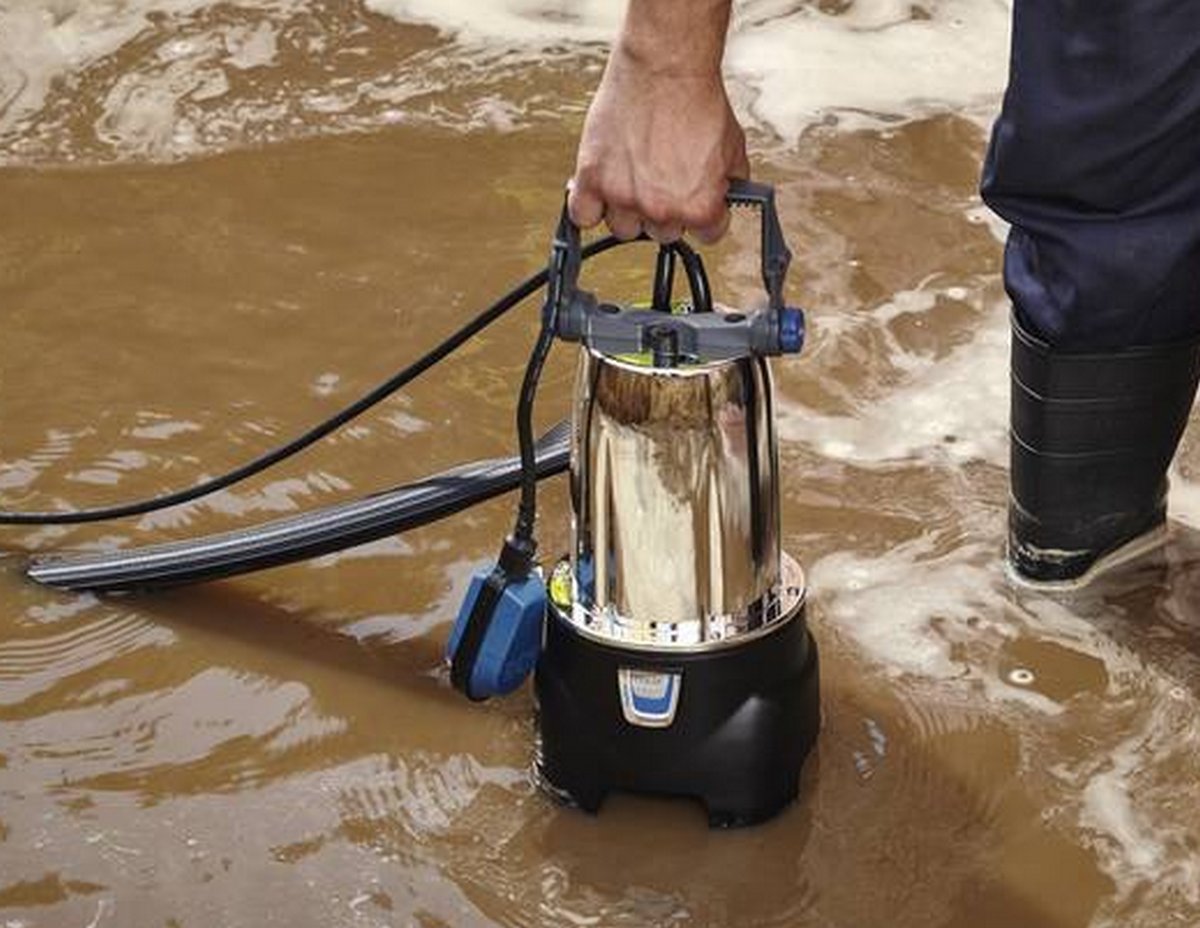
Drainage pumps for pumping dirty water from tanks of any kind are special devices that can successfully handle the pumping of liquid substances, although they may contain some insoluble fragments. Classical hydraulic machines, if used to perform such tasks, quickly fail, because their internal structural elements are quite sensitive to contaminated substances.Different types of drainage pumps that exist on the market today may differ from each other both in technical characteristics and in design, which will ultimately affect their price. Thus, for works that will not differ in particular scale, it is quite possible to find a device worth up to 5,000 rubles.
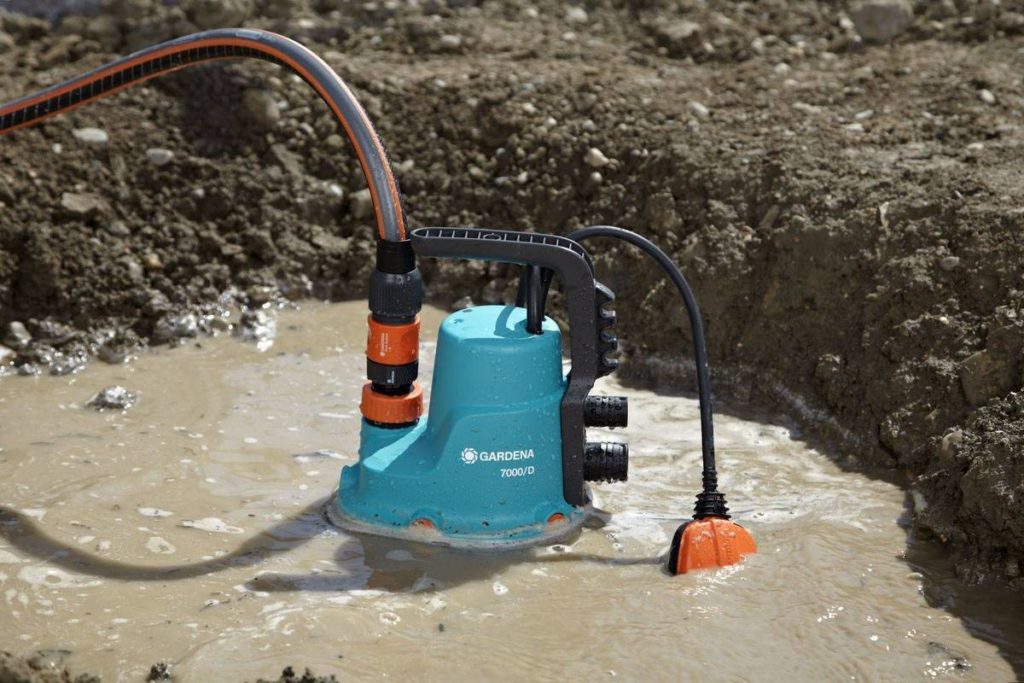
Content [Hide]
- 1 The principle of operation and design of the pump for drainage
- 2 Scope of use
- 3 Classification of drainage pumps by design
- 4 Classification of drainage pumps by purpose
- 5 Specifications that should determine the choice of equipment
- 6 Pumping dirty water from a well with a surface pump
- 7 Rules for the safe operation of the pump for pumping dirty water
- 8 Rating of the best drainage pumps for dirty water up to 5000 rubles for 2022
- 9 Instead of an epilogue
The principle of operation and design of the pump for drainage
Initially, these devices were intended exclusively for pumping contaminated water from basements. Later, the scope of their application expanded. Today's models can pump contaminated fluid from pools, wells, pits and boreholes.In the industrial sector, they can become an integral part of the technological process. The average drainage pump can pump liquids with impurities up to 10 millimeters.
Drainage pumps are specific equipment and the range of work they perform is quite narrow. Explicit misuse of such a device is not recommended. It should be noted that models of the budget and middle price segments are not designed to work with deep wells or shaft wells, especially on an ongoing basis. Also, these devices cannot work as a fecal pump, however, some "craftsmen" are trying to adapt them for this task. The drainage equipment under consideration is capable of working only with slightly contaminated water, the amount of impurities in which varies from 3 to 40 millimeters (taking into account the small number of such devices in the segment under consideration, which is associated with the difficulty of finding them on the market).
IMPORTANT! It is worth remembering that the use of budget types of pumps for pumping fecal matter is also not recommended because they are always associated with aggressive environments, therefore, for their reliable removal, the device must necessarily be equipped with a chopper, and most budget pumps simply do not have it.
The design of the pump itself consists of the following elements:
- Electric motor;
- An impeller located on the shaft - it is responsible for moving the liquid inside the device. As a rule, it is located on the engine or at a short distance from it;
- A pumping unit with an intake pipe - thanks to it, liquid enters the device through the pipe holes. The diameter of these holes should depend on the size of impurities that the device can pass;
- Sealed case - it contains all the working elements;
- Automatic switch - it turns on / off depending on the liquid level. This function prevents the equipment from being flooded and does not allow it to run idle.
When the pump is turned on, an electric motor starts, which rotates the shaft with the impeller. Around the rotating petals of the impeller, a zone of rarefied air is created, which lowers the pressure inside the chamber. The liquid is drawn in through the nozzles with holes and enters the equipment. Further, under the action of centrifugal force, it passes to the outlet, from where it enters the outlet hose.
IMPORTANT! For the normal operation of a medium power pump, it is very important that the amount of solid fragments entering the chamber does not exceed 10% of its volume.
It is always worth remembering that the budget options under consideration are not designed to work with hot substances. In principle, such work can be carried out by them on a short-term basis, because the motor will somehow be cooled, giving off heat to the pumped liquid. However, if the liquid is initially overheated, then such a return simply will not make sense.
Scope of use
Any, even not the most powerful pump, can become indispensable equipment. It can be used to drain a small reservoir, remove the top layer of dirty water from a well for inspection and repair, and also use it to clean irrigation tanks if the parameters of the removed liquid comply with the manufacturer's recommendations.
The drain pump will come in handy:
- With an increased level of groundwater;
- During the onset of floods;
- For drainage of small cellars and cellars;
- With insignificant breakthroughs of highways;
- To put in order the garden area after the passage of heavy rainfall;
- For maintenance of artificial pools and ponds;
- For supplying water to decorative fountains;
- For drip irrigation.
Classification of drainage pumps by design
In general, they are divided into surface and submersible models.
Surface functioning models
They are installed directly above the working tank. The case of such devices is placed in a dry place on a flat surface. Liquid is pumped out using a sleeve lowered into the tank, made in the form of a rubber hose or a PVC-based hose.
Any apparatus for surface work has two pipes:
- Input - it is responsible for the supply of waste fluid from a filled tank;
- Output - it is responsible for diverting effluents beyond the boundaries of the treated reservoir.
The operation of such devices can be carried out automatically. To enable the automatic operation function, a special float mechanism is connected to the switching device, which starts the unit when a certain water level is exceeded.
The main advantages of surface models are:
- Convenience and ease of installation and dismantling processes;
- All maintenance of the device consists only in timely lubrication and cleaning of parts;
- It is very easy for them to choose the cross section of the pipeline when they are used on highways.
Submersible operation models
Submersible devices operate in much the same way as surface function devices, but are more convenient for pumping liquid from deep trenches, as well as for cleaning wells. The process of pumping wastewater is carried out directly by the pump without the participation of pipes and hoses.At the bottom of their case is a mesh filter that protects the elements of the device from solid fragments of dirt, insoluble particles and sand. The maximum depth to which it is possible to immerse the pump should not exceed 50 meters (which will not depend on its power). However, they will have difficulty handling shallow wells and reservoirs less than 20 meters deep. Nevertheless, it is possible to use submersible models at shallow depths if special devices are used that will additionally cool the engine of the device.
IMPORTANT! For submersible models, remember the natural rule: the higher the submersible pump is located, the harder it will cope with its work.
Among the main advantages of submersible models it is worth noting:
- Greater productivity and power, if we compare surface units;
- Possibility of draining in-depth tanks for several tens of meters;
- Sufficiently quiet operation, because the whole process takes place directly in the water, the thickness of which will dampen sound waves.
- It should be noted that the permanent operation of the device under water will require proper insulation of all automation and complete tightness of the electric motor. Therefore, the body of submersible pumps is always made of materials that are not subject to corrosion and can withstand mechanical stress.
Thus, all key parts of submersible apparatus (depending on the intended tasks and future loads) must be made of the following materials:
- Engineering plastics and durable polymers;
- Carbon alloys, alloy steel and other electrically safe alloys.
Usually, in budget models with a price of up to 5,000 rubles, oil seals are not installed that provide complete sealing, especially at great depths. Regarding the significant disadvantages of submersible devices, we can mention the need for their constant extraction to the surface for routine inspection and lubrication of parts. Yes, and if there are questions regarding the violation of the tightness of the case - they are difficult to repair.
Classification of drainage pumps by purpose
Even budget models can be divided according to the type of purpose, because there are also applications in the industrial sector for low-power options. From this it is clear that they can be both household and industrial.
Apparatus for domestic use
The range of use of such devices is quite wide. They can be used for:
- Pumping water from flooded basements and cellars;
- Drainage of small technological wells in garden / suburban areas;
- Pumping water in children's inflatable pools;
- Watering the garden plot from a barrel or small tank.
Low-power single-phase pumps, as a rule, have a capacity of 800 liters per minute and are capable of moving liquid pumped out of a well, pond, pool, to a height of up to 25 meters (for example, to fill a tank truck). As a standard, for domestic purposes, drainage pumps are used, whose body is made of stainless steel or reinforced polymer.
Apparatus for industrial use
These devices, even though they belong to the budget segment, are able to show higher performance and power. Most often they are used by utilities, construction companies and the Ministry of Emergency Situations, in order to localize small spills.
With the help of industrial designs carry out:
- Pumping out of small sewer tanks and clogged highways;
- Elimination of small emergency floods;
- Removal of intermediate industrial effluents;
- Drainage of collector local tanks.
For the scales under consideration, drainage pumps based on electric motors are usually used (diesel pumps are premium). With their help, it is possible to ensure proper heat dissipation, and their reinforced body is reliably protected from deformation during increased heat generation. Industrial pumps of the budget segment have three phases and pump out a pumping speed of up to 1500 liters per minute. The ejection of water can reach a height of 100 meters. Their main disadvantage is a rather complicated design, which involves the involvement of a technician for preventive maintenance and repair.
Specifications that should determine the choice of equipment
For the purposes of the correct selection of pumping equipment, it is important to observe in advance several parameters that the device must comply with, as well as determine the conditions for its operation.
The main characteristics influencing the choice:
- Height of the water column - it is measured from the surface of the water layer to the bottom. This value provides an opportunity to determine the limit of the use of submersible pumps, which must be completely immersed in the liquid. From this it can be seen that the submersible unit should not be less than 1 meter from the water surface, otherwise the submersible unit does not make sense to use, but it will be necessary to use a surface sample.
- Dynamic water level (also referred to as "borehole debit") - this indicator determines the rate of fluid supply to the mine during the operation of the pump.At the same time, the overall performance of the device should not exceed the debit level, otherwise the liquid will flow more slowly than pumped out.
- Head degree - this characteristic determines the ability of the unit to raise water from the tank to its discharge point, while pressure losses in the entire system should not occur. To calculate the degree of pressure, you should measure the length from the extreme point of the drain to the point of the fence, adding 10% to the resulting number.
- performance level - to calculate this indicator, it is necessary to summarize all water intake points at the work site (main or reservoir). On average, it is determined that each water flow device (from the pump to plumbing) should consume about 500 liters per hour. By adding them all, it is possible to obtain the desired performance. If the dirty water is supposed to be further used (for example, as fertilizer), then the following standard applies - 4-5 liters of liquid per hour are consumed per 1 cubic meter of the tank being cleaned.
- Tank water quality - as a rule, the water in the well is not as clean as, for example, in a well. This circumstance is determined by the low occurrence of groundwater, therefore, various suspensions and impurities of various fractions may be present in its composition. And for pumping out dirty water, you should choose an apparatus that is capable of working with mechanical fragments of dirt up to 5 millimeters. As a standard, such models of the budget segment up to 5000 rubles are distinguished by a reinforced body structure, a large diameter of the nozzles, and increased power indicators. It will be good luck to buy an option equipped with a cutting mechanism or a filter for large mud fractions.
- Terms of Use - most pumping devices from the budget segment are used only in the warm season. This applies to both surface and submersible models, however, in exceptional cases, year-round operation may be necessary - in this case, submersible units will be the best solution.
Structural features for selection
When buying a drainage pump for pumping dirty water, you need to pay attention to its following design features:
- The suction hole located in the lower segment of the housing is able to maximize the removal of the required amount of liquid from the tank.
- The cast iron body is quite reliable, but such a device has a large mass. Lightweight plastic cases may seem attractive, but their durability raises many questions. From this it can be seen that steel structures will be the best option.
- The size of the working chamber must be able to withstand the expected size of the dirt components passing through it.
- Indeed, budget models up to 5,000 rubles have a simplified design, they will break more often, but it will also be easier to fix them.
Pumping dirty water from a well with a surface pump
It is possible to eliminate water pollution in an underground reservoir (well) even using a budget model of a drainage pump. It will be able to remove large enough silt deposits and dirt. To do this, you need to follow a few simple steps:
- Pressure and suction sleeves are placed in the well shaft;
- The unit is switched on to pump out the liquid and must operate continuously, however, small interruptions in operation will not interfere - they should be used to clean the filter and machine parts (possibly clogged);
- A sign of the end of cleaning is the fact of the beginning of flow into the well from its branch pipe for the pressure of clean water;
- In the event that the underground tank has not been cleaned for a long time, and there are large fragments of dirt in the liquid pumped out of it, it is better to change the budget equipment to a more powerful one (even a fecal pump can be a good solution).
Rules for the safe operation of the pump for pumping dirty water
Any safety rules when working with pumping equipment are declared by its manufacturer in the accompanying documents for the device (instructions). It is worth noting that not all budget pumps can pump dirty water - most cheap models can only drive clean liquid. Thus, it is important to avoid the following situations:
- A device designed to pump only clean liquids will fail very quickly if used contrary to its intended purpose. This means that even dirty water drain pumps should only be applied to the level of dirt fractions that they are designed for.
- If stable deposits appear on the walls and bottom of the treatment tank, then it is easier to clean the tank manually so as not to strain the not very powerful pumping equipment. This will help to avoid early clogging of the working parts of the pump.
Rating of the best drainage pumps for dirty water up to 5000 rubles for 2022
Submersible Models
3rd place: PATRIOT F 300
votes 0
This sample is notable for its low cost and excellent workmanship. Able to work with lightly contaminated liquid substances, in which the fragmentation of impurities does not exceed 5 millimeters.The sample is perfect for cleaning small pools and areas flooded with sewage. The plastic case of the device is simply not subject to corrosion, and the motor is reliably protected by rubber seals from moisture penetration. The float detector will protect the entire system from idle operation. The temperature of the treated liquid should not exceed 40 degrees Celsius. The maximum head of the jet is 5 meters. The recommended retail price is 2100 rubles.

- Small dimensions;
- Low noise level during operation;
- Convenient location of pipes.
- no.
Overview and testing of the pump - in the video:
2nd place: "Quattro Elementi Drenaggio 400 F"
votes 0
Budget model for pumping dirty water. Able to process incoming mud fragments up to 35 millimeters. Not bad for processing flooded basements, little swampy artificial ponds, pumping water from children's inflatable pools. The case of the device is made of durable plastic, which exhibits significant resistance to mechanical stress. A float relay protects system operation in idle mode. There is a built-in temperature sensor that protects the device from possible overheating. The established cost for the retail network is 3,050 rubles.

- Rugged housing;
- Low noise during operation;
- Adjustable float.
- Short cable.
Video review of the pump:
1st place: VORTEX DN-750
votes 0
This pump is characterized by reliability and is able to withstand a constant and certain pressure in the system. It can turn on / off automatically on the machine not only when the float rises, but also as the volume of water passes. Outlet branch pipe - has a universal design and can be connected with additional hoses. The impact-resistant plastic of the body can withstand even intense mechanical impacts. The presence of a temperature sensor does not allow overloading the electric motor. The established cost for the retail network is 3,500 rubles.

Advantages:
votes 0
- Has a good pressure;
- Can be used on highways;
- Not very noisy at work.
- The plastic housing can be damaged if used incorrectly.
Video review of the pump:
surface models
3rd place: "Patriot QB60"
votes 0
This device is focused exclusively on solving everyday problems. With its help, for example, it is easy to drain the flooded area of the garden plot. More than the device is focused on pumping clean water, sometimes perceiving impurities of small fractions of dirt. The power of the electric motor is 370 W, and the lifting of blockages from a depth can reach 7 meters. The product has a high-quality impeller made of bronze, and the entire body is made on a cast iron base, which means it is particularly resistant to corrosion. The recommended cost for retail chains is 2990 rubles.

- Self-priming principle of operation;
- The keen temperature range is 35 degrees Celsius;
- Small dimensions.
- Short cable length (the issue is solved by a simple increase through twists).
Video tips for connecting this pump:
2nd place: "Unipump JET 80"
votes 0
Conditionally limited type of surface pump, specially designed to work with contaminated liquids, which contain small fractions. It saves time (if it is used exactly for its intended purpose) and is able to provide good pressure. Can work on shallow wells, wells and reservoirs. It has a built-in ejector. The cast-iron body creates real strength, and the power of 600 W is enough exactly to the limits of the middle price segment. The recommended cost for a retail network (through I-no-platforms) is up to 4,500 rubles.

- Long column of ejection of the jet;
- Excellent protection against overheating;
- Brass body parts.
- Small throughput.
1st place: Caliber NBTs-380
votes 0
This drain pump is truly the best in the budget model segment, thanks to its high capacity of 3100 liters per hour and proper power of 600 watts. Works great with large dirt fractions, i.e. up to 10 millimeters. The ejection height is 7 meters, but when using an ejector, it can be increased. The recommended cost for retail chains is 4,950 rubles.

- Small dimensions and weight;
- Small vibration in the course of work;
- Excellent throughput.
- The need for a check valve.
Instead of an epilogue
Picking up a fairly serious and at the same time cheap apparatus for draining dirty water is a difficult task. However, if you follow the simple advice of this article, it is quite possible to make a choice. Moreover, most of the samples presented are easy to find on the Russian market.
new entries
Categories
Useful
Popular Articles
-

Top ranking of the best and cheapest scooters up to 50cc in 2022
Views: 131649 -

Rating of the best soundproofing materials for an apartment in 2022
Views: 127688 -

Rating of cheap analogues of expensive medicines for flu and colds for 2022
Views: 124517 -

The best men's sneakers in 2022
Views: 124031 -

The Best Complex Vitamins in 2022
Views: 121938 -

Top ranking of the best smartwatches 2022 - price-quality ratio
Views: 114978 -

The best paint for gray hair - top rating 2022
Views: 113393 -

Ranking of the best wood paints for interior work in 2022
Views: 110318 -

Rating of the best spinning reels in 2022
Views: 105327 -

Ranking of the best sex dolls for men for 2022
Views: 104363 -

Ranking of the best action cameras from China in 2022
Views: 102214 -

The most effective calcium preparations for adults and children in 2022
Views: 102010

